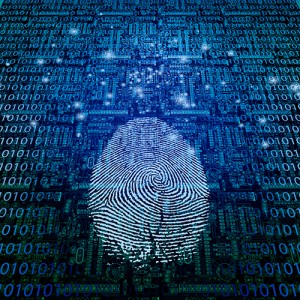 I have seen the future. While on an auto rally last week with my son I experienced a blend between a physical event and a virtual social event. This blend may offer a generational link. The rally took us through California, Oregon, Washington, and back to California. While the days were long with many miles on the road, other rally drivers were always close by via social media.
I have seen the future. While on an auto rally last week with my son I experienced a blend between a physical event and a virtual social event. This blend may offer a generational link. The rally took us through California, Oregon, Washington, and back to California. While the days were long with many miles on the road, other rally drivers were always close by via social media.
In the rally, participants drove from checkpoint to checkpoint and documented having been at each spot through a photo or video posted to Instagram. You could easily follow other drivers as they passed each point and in turn they could follow your progress. If you made it to the hotel early enough each evening you could meet up to brag about your driving and any repairs you had to make that day. By posting progress during the rally, friends and family who were not in the car could follow along virtually.
The Next Best Thing to Being There
I have seen several articles that bemoan the gap between tech savvy Millennials and less adventurous Baby Boomers. The argument follows that the younger generation wants to spend all of their time in the virtual world and forego any physical activities, while the older generation uses technology to complete tasks but not to communicate. I don’t believe that either argument is completely accurate but after spending many hours in a car I started thinking about ways to bridge that gap. The rally to me was an example of a physical and virtual activity blended into one.
The Need to Communicate
After my epiphany, I started to think about other activities that could be blended. Travel of any type can become a shared adventure through various social media channels. It used to be that you took pictures during travels and afterward had them developed into photos or slides. Then and only then could you share them with friends and family through a boring slideshow or a stack of photos. With smartphones and social media, the sharing happens as soon as you upload your latest video or photo, which makes it more meaningful to people following you virtually. Followers also get the chance to like your adventures and post comments or questions. Instead of being an isolated traveler, you have your virtual community along for the adventure.
Thoughts
The younger generation is often perceived as less social, but I argue they are indeed more social with many more avenues to connect with friends and share experiences. Being in the rally showed me you can hang out the window and talk to fellow drivers and enrich the experience throughout the day by sharing photos that are meaningful to you. One form of communication is not necessarily better than the other, but together they offer a powerful and rich connection.
What other ways can you think of to blend physical and virtual experiences? Do you have a favorite social media app that lets you keep up on various adventures? Let me know and in the meantime, stay safe on the road.
Kelly Brown is an IT professional and assistant professor of practice for the UO Applied Information Management Master’s Degree Program. He writes about IT and business topics that keep him up at night.












